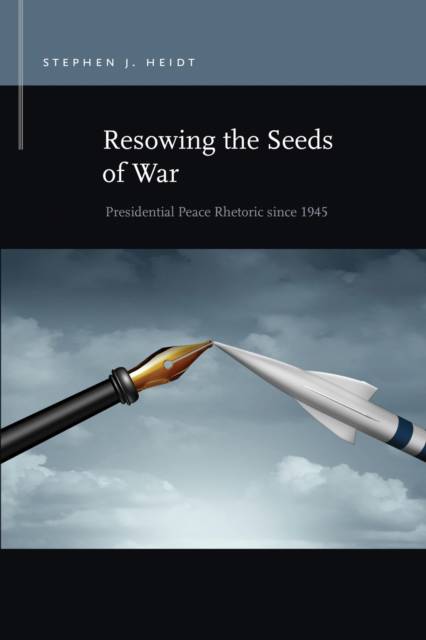
Door een staking bij bpost kan je online bestelling op dit moment iets langer onderweg zijn dan voorzien. Dringend iets nodig? Onze winkels ontvangen jou met open armen!
- Afhalen na 1 uur in een winkel met voorraad
- Gratis thuislevering in België vanaf € 30
- Ruim aanbod met 7 miljoen producten
Door een staking bij bpost kan je online bestelling op dit moment iets langer onderweg zijn dan voorzien. Dringend iets nodig? Onze winkels ontvangen jou met open armen!
- Afhalen na 1 uur in een winkel met voorraad
- Gratis thuislevering in België vanaf € 30
- Ruim aanbod met 7 miljoen producten
Zoeken
€ 71,95
+ 143 punten
Omschrijving
Ending a war, as Fred Charles Iklé wrote, poses a much greater challenge than beginning one. In addition to issues related to battle tactics, prisoners of war, diplomatic relations, and cease-fire negotiations, ending war involves domestic political calculations. Balancing the tides of public opinion versus policy needs poses a deep and enduring problem for presidents. In a first-of-its-kind study, Resowing the Seeds of War explains how Presidents Truman, Eisenhower, Nixon, and Obama managed the political, policy, and bureaucratic challenges that arise at the end of war via a series of rhetorical choices that reframe, modify, or unravel depictions of national enemies, the cause of the conflict, and the stakes for the nation and world. This end-of-war rhetoric justifies ending hostilities, rationalizes postwar national policy, argues for the construction of postwar security arrangements, and often sustains public support for massive financial investment in reconstruction. By tracking presidential manipulations of savage imagery from World War II to the War on Terror, this book concludes that even as metaphoric reframing facilitates exit from conflict, it incurs unexpected consequences that make national involvement in the next conflict more likely.
Specificaties
Betrokkenen
- Auteur(s):
- Uitgeverij:
Inhoud
- Aantal bladzijden:
- 366
- Taal:
- Engels
- Reeks:
Eigenschappen
- Productcode (EAN):
- 9781611863840
- Verschijningsdatum:
- 1/03/2021
- Uitvoering:
- Paperback
- Formaat:
- Trade paperback (VS)
- Afmetingen:
- 152 mm x 226 mm
- Gewicht:
- 476 g

Alleen bij Standaard Boekhandel
+ 143 punten op je klantenkaart van Standaard Boekhandel
Beoordelingen
We publiceren alleen reviews die voldoen aan de voorwaarden voor reviews. Bekijk onze voorwaarden voor reviews.











